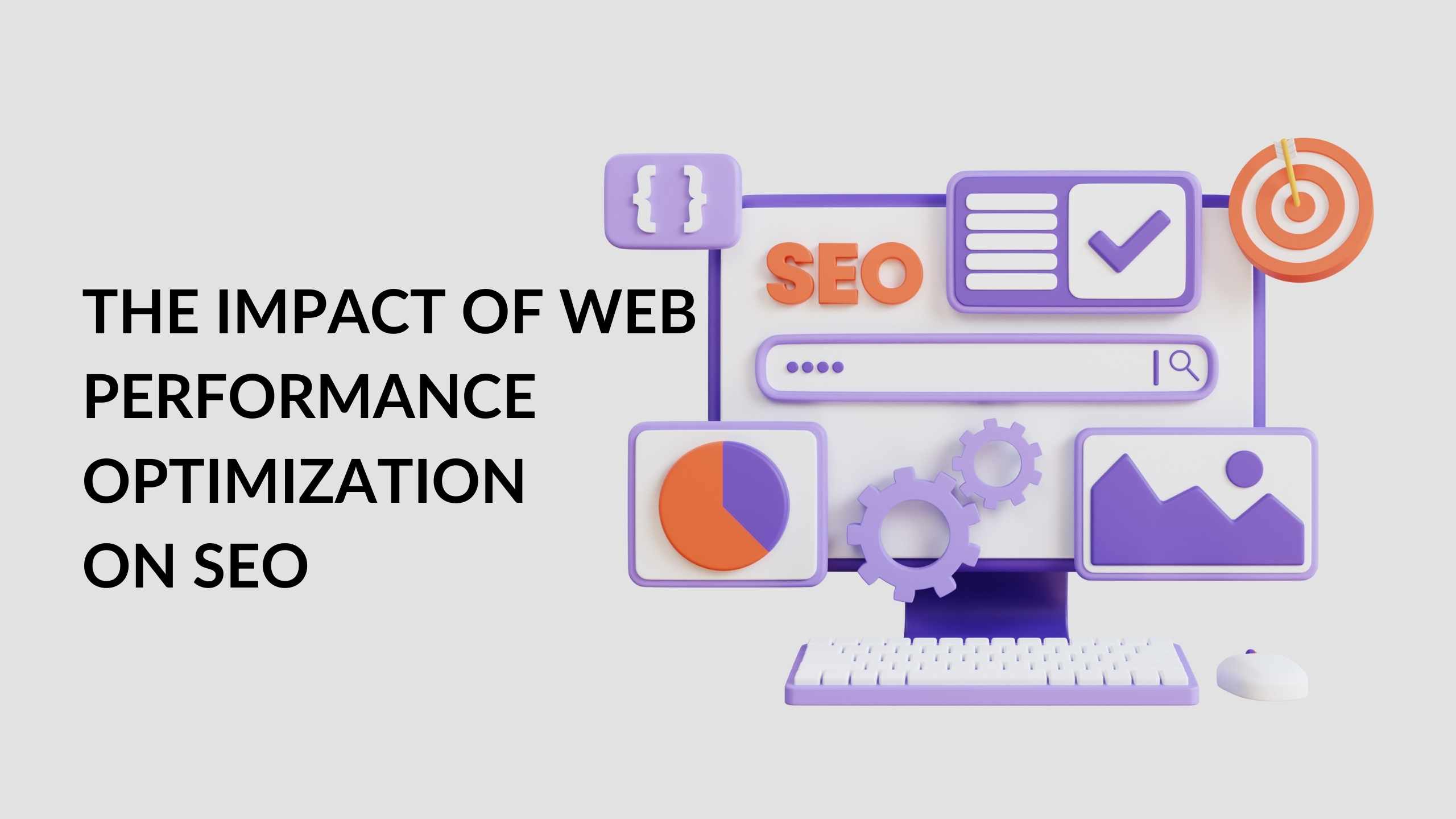Blitz News Digest
Stay updated with the latest trends and insights.
Turbocharge Your Website: Speed is the New Black
Unlock lightning-fast speeds for your website! Discover essential tips to boost performance and leave your competition in the dust.
5 Proven Techniques to Optimize Your Website's Speed
Website speed is crucial for user experience and SEO ranking. Here are 5 proven techniques to optimize your website's speed:
- Minimize HTTP Requests: Each element on your webpage, including images, scripts, and styles, requires an HTTP request. Reduce the number of these requests by simplifying your design, using CSS sprites, and combining files where possible.
- Enable Browser Caching: By storing static resources in a visitor's browser, you can significantly decrease load times for repeat visits. Set
cache-controlheaders to specify how long browsers should keep these resources.
Continuing with our list, here are the final three techniques:
- Optimize Images: Large image files can drastically slow down your site. Use tools to compress images without sacrificing quality, and employ the appropriate format (JPEG for photos, PNG for graphics with transparent backgrounds).
- Use a Content Delivery Network (CDN): CDNs distribute your content across multiple servers worldwide. This allows users to download data from the server closest to them, resulting in faster loading times.
- Minify CSS and JavaScript: Remove unnecessary characters from your code like whitespace, comments, and formatting to decrease file size. This technique helps in reducing the load time by increasing the efficiency of your site's resources.

Why Website Speed Matters: The Impact on User Experience and SEO
Website speed is a critical factor that directly influences user experience. When a website loads slowly, users are more likely to become frustrated and leave the site before it even fully loads. Research shows that 29% of users abandon a site if it takes more than 5 seconds to load. This frustration can contribute to a high bounce rate, which not only diminishes user satisfaction but also affects overall site engagement. Additionally, users are less likely to return to a website that delivers a poor speed experience, negatively impacting loyalty and reputation.
Moreover, website speed plays a significant role in SEO rankings. Search engines like Google incorporate page speed into their ranking algorithms, meaning that faster websites are more likely to rank higher in search results. A well-optimized website not only enhances user experience but also increases visibility, potentially driving more organic traffic. In fact, an improvement in page load speed can lead to a notable increase in conversion rates. Therefore, investing in website speed optimization benefits both your audience and your site's search performance.
Is Your Website Slow? Common Pitfalls and How to Fix Them
If you're noticing that your website is loading slowly, you're not alone. A slow website can lead to poor user experience and decreased search engine rankings. Common pitfalls that contribute to a lagging website include large image files, excessive HTTP requests, and unoptimized code. Ensuring that your images are compressed and resized appropriately can significantly improve load times. Additionally, consider minimizing the number of plugins you use, as each one can add to the overall loading time.
To tackle these issues effectively, start by conducting a speed test using tools like Google PageSpeed Insights or GTmetrix. These tools can help identify specific areas that need improvement. After pinpointing the problems, you can implement solutions such as enabling browser caching, leveraging Content Delivery Networks (CDNs), and optimizing your database. By addressing these common pitfalls, not only will your website load faster, but you'll also retain visitors and improve your overall online presence.